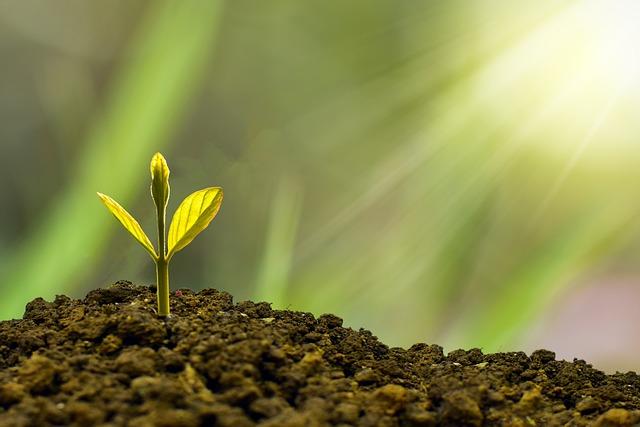It’s quite frustrating when you have high expectations for your plants – only for them to grow slowly. “What could be the reason?”, you’ll wonder. But, there are a number of factors that can contribute to slow plant growth.
Some of the commonest include; lack of sunlight, inadequate watering, etc. If you’re having trouble with your plants, then it’s worth investigating whether one of these might be the cause. Thus, you can check out the different factors below and find the solution to your plant’s issue.
Watering Your Indoor Plants
Watering your indoor plants is one of the most important things you can do to ensure their health and vitality.
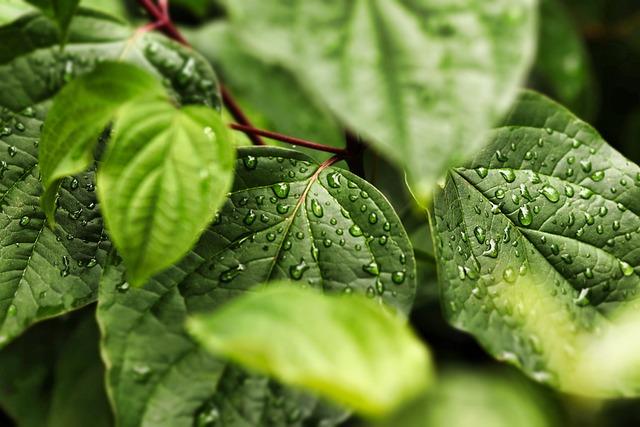
There are, however, a few things you should keep in mind to ensure that you’re not overwatering or underwatering your plants.
- First, it’s important to know how often to water your plants. This will vary depending on the type of plant, the size of the plant, the pot it’s in, the type of soil, the temperature, and the humidity. Generally speaking, most plants need to be watered every 7-10 days. However, some plants may need to be watered more or less often, so it’s important to do your research on your specific plant.
- Second, when watering your plants, be sure to water them at the base of the plant. This will allow the water to go directly to the roots, where it’s needed most. Avoid getting the leaves wet, as this can lead to fungus or other problems.
- Ensure to use room-temperature water when watering your plants. Cold water can shock the plant and make it difficult for the roots to absorb the water.
- When in doubt, it’s better to underwater your plants than to overwater them. Overwatering can lead to root rot, which can kill your plant. If you think you may have overwatered your plant, check the soil to see if it’s soggy or if the plant is wilting. If so, stop watering for a few days and see if the plant recovers.
Fertilizing Your Indoor Plants
Fertilizing your indoor plants is important to help them grow. There are many factors to consider when fertilizing, including the type of fertilizer you use, how often you fertilize, and how much you fertilize.
- The type of fertilizer you use is important because different fertilizers have different nutrients that your plants need. For example, some fertilizers have more nitrogen, which is important for leaf growth, while others have more phosphorus, which is important for root growth.
- How often you fertilize is also important. If you fertilize too often, your plants can become burned, and if you fertilize too little, your plants will not get the nutrients they need to grow.
- Finally, how much you fertilize is also important. If you use too much fertilizer, your plants can become burned, and if you use too little, your plants will not get the nutrients they need to grow.
Pruning Your Indoor Plants
Pruning your indoor plants is important for several reasons.
- It helps to keep the plant healthy by removing dead or dying leaves and stems.
- Secondly, it can help the plant to grow more vigorously by encouraging new growth.
- Pruning can also help to control the size and shape of the plant.
There are a few things to keep in mind when pruning your indoor plants.
- Ensure to sterilize your pruning tools before using them. This will help to prevent the spread of disease.
- Make sure to prune at the right time of year. For most plants, this is in late winter or early spring.
- Lastly, be careful not to over-prune the plant. This can damage the plant and encourage excessive growth.
Light Requirements For Indoor Plants
All plants need light to grow, but different plants have different light requirements. Some plants need lots of light, while others only need a little bit.
Indoor plants typically need less light than plants that grow outdoors. This is because there is less sunlight available indoors. Therefore, you will need to provide your indoor plants with artificial light.
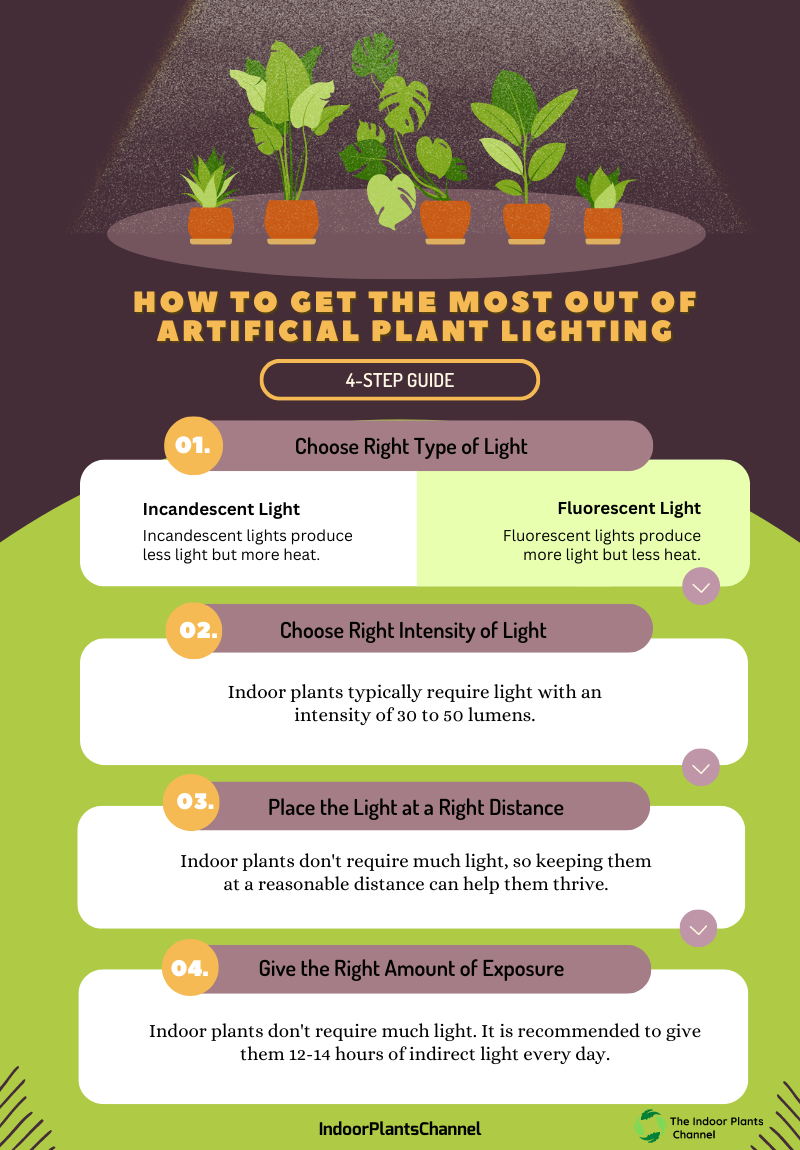
There are a few things to keep in mind when choosing artificial lights for your indoor plants:
-
Type of light
There are two main types of artificial light: incandescent and fluorescent. Incandescent lights are cheaper, but they produce less light and generate more heat. Fluorescent lights are more expensive, but they last longer and produce more light.
-
The intensity of the light
The intensity of the light is measured in lumens. Higher the lumens, the brighter the light. Indoor plants typically need a light with an intensity of 30-50 lumens.
-
Distance of the light
The distance of the light from the plant will also affect the amount of light the plant receives. The closer the light is to the plant, the lighter it will receive.
-
Duration of the light
The amount of time the light is on will also affect the amount of light the plant receives. Plants typically need 12-14 hours of light per day.
Temperature Requirements For Indoor Plants
Different plants have different temperature requirements. Some plants need cooler temperatures to thrive, while others need warmer temperatures.
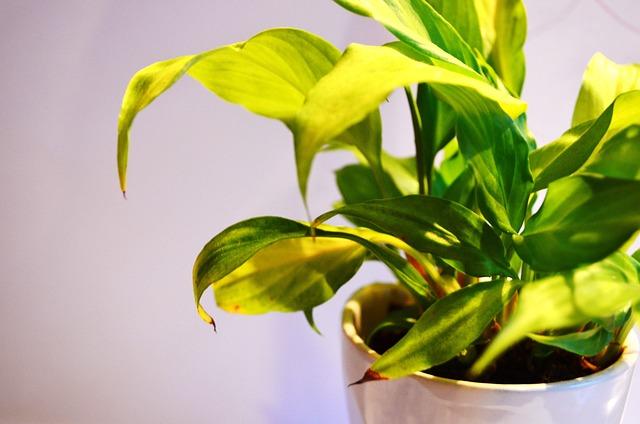
When choosing plants for your indoor space, it is important to research the temperature requirements of each plant to make sure they will be comfortable in your home.
- Plants that need cool temperatures may suffer if they are placed in a warm room. They may become yellow and limp, and their growth may slow down.
- On the other hand, plants that need warm temperatures may suffer if they are placed in a cool room. They may become pale and their leaves may drop off.
Soil Requirements For Indoor Plants
There are a few soil requirements for indoor plants that are important to consider in order to ensure healthy growth.
-
Drainage.
Indoor plants need well-draining soil in order to avoid root rot.
-
Aeration.
Indoor plants need soil that is loose and airy in order to allow their roots to breathe.
-
Nutrients.
Indoor plants need soil that is rich in organic matter in order to provide them with the nutrients they need to grow.
When choosing a potting mix for your indoor plants, make sure to choose one that meets all of these requirements. You can also add amendments to your existing potting mix to improve drainage, aeration, and nutrient content.
Potting And Repotting Indoor Plants
When it comes to potting and repotting indoor plants, there are a few things to keep in mind in order to ensure that your plants grow healthy and strong.
- First, it is important to choose the right pot. The pot should be slightly larger than the plant, with drainage holes at the bottom to allow for proper drainage.
- Next, you will need to choose the right potting mix. There are a variety of mixes available, but it is important to choose one that is well-draining and contains nutrients that will help your plant to grow.
- Once you have chosen the right pot and potting mix, it is time to pot your plant. Be sure to gently remove the plant from its current pot, taking care not to damage the roots. Place the plant in the new pot and fill in around it with the potting mix, tamping it down gently.
- Finally, water your plant well and place it in a location where it will receive the appropriate amount of light.
Dealing With Pests And Diseases In Indoor Plants
Dealing with pests and diseases in indoor plants can be a difficult and frustrating task.
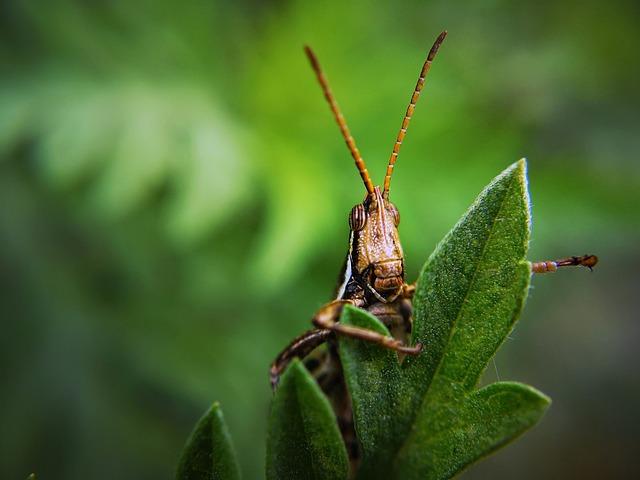
However, there are a few things that you can do to help prevent and control these problems.
- One of the best ways to prevent pests and diseases is to choose healthy plants that are resistant to these problems. When purchasing plants, look for those that are labeled pest-free or disease-resistant.
- Another way to prevent problems is to keep your plants healthy. This means giving them the right amount of water, light, and nutrients. Healthy plants are better able to resist pests and diseases.
If you do have a problem with pests or diseases, there are a few things you can do to control them.
- Use chemical sprays or dust. These products can be effective, but they can also be harmful to people and the environment.
- Use natural controls such as predators or parasites. These are often more effective and safer than chemicals.
Propagating Indoor Plants
There are a few things to consider when propagating indoor plants.
-
The type of plant you are propagating.
The type of plant you are propagating will determine the best method of propagation. Some plants can be propagated by taking cuttings, while others must be propagated by division or layering. Likewise, some plants are easier to propagate than others.
-
The time of year.
Spring and summer are the best times to propagate most plants.
-
The method of propagation.
There are several ways to propagate plants, including taking cuttings, division, and layering.
Taking cuttings is the easiest and most common method of propagation. To take a cutting, simply cut a piece of the plant off at the desired length and pot it up. Cuttings can be taken from stems or leaves.
- The division is a method of propagation that is best suited for plants that have multiple stems, such as irises. To divide a plant, simply dig up the plant and divide the roots into multiple sections. Each section can then be potted up separately.
- Layering is a method of propagation that is best suited for plants with long, flexible stems, such as vines. To layer a plant, simply bend the stem of the plant down to the ground and cover it with soil. The stem will then root and can be cut off from the main plant and potted up.
Propagating plants is a great way to increase your indoor plant collection. By following these tips, you can successfully propagate a wide variety of plants.
Bonus Tips
- Fertilize the plant with a slow-release fertilizer designed for indoor plants.
- Water the plant regularly, but allow the soil to dry out somewhat between watering.
- Place the plant in a bright location, but out of direct sunlight.
- Prune the plant as needed to remove dead or dying leaves and stems.
- Check the plant regularly for pests and treat it as needed.
Frequently Asked Questions
- Why does my plant have yellow leaves?
One common reason why plants have yellow leaves is that they are not getting enough water. Yellow leaves can also indicate that the plant is getting too much sun, or that the soil is not draining well. If you think your plant is not getting enough water, try watering it more frequently or if you think it is getting too much sun, try moving it to a shadier spot. If the soil does not seem to be draining well, try adding some gravel or sand to the bottom of the pot.
- Why is my plant wilting?
Wilting can be caused by a lack of water, too much sun, or poor drainage. If you think your plant is not getting enough water, try watering it more frequently or if you think it is getting too much sun, try moving it to a shadier spot. If the soil does not seem to be draining well, try adding some gravel or sand to the bottom of the pot.
- Why are my plant’s leaves falling off?
One common reason for leaves falling off of plants is a lack of moisture. If the leaves are dry and brown, the plant is probably not getting enough water. Try watering it more frequently. If the leaves are yellow or wilted, the plant is probably getting too much sun. Try moving it to a shadier spot.
Conclusion
There are many things that can cause slow plant growth. However, some of the most common factors include poor soil quality, lack of sunlight, and too much water. By improving these conditions, you can help your plants grow faster and healthier.
Michelle Wilde
Related posts
![]()
About Michelle Wilde
Michelle Wilde is a stay-at-home mom and avid plant lover. Armed with a post-graduate degree in Computer Science (no kidding!), she loves researching plants and landscapes. When she is not caring for her 4 kids, she spends time on her passion for plants. She blogs at www.indoorplantschannel.com, the trusted source for indoor plants.
Learn more
Subscribe
* You will receive the latest posts and updates about indoor plants!
Search
Recent Posts
Categories
- Beginner Guides (10)
- FAQ (206)
- General (2)
- How-To Guides (212)
- Indoor Plants (214)
- Pest Management (2)
- Plant Problem Solutions (4)
- Seasonal Growing (2)
- Specialized Environments (2)
- Specific Plant Care (3)
- Technical Growing (2)
